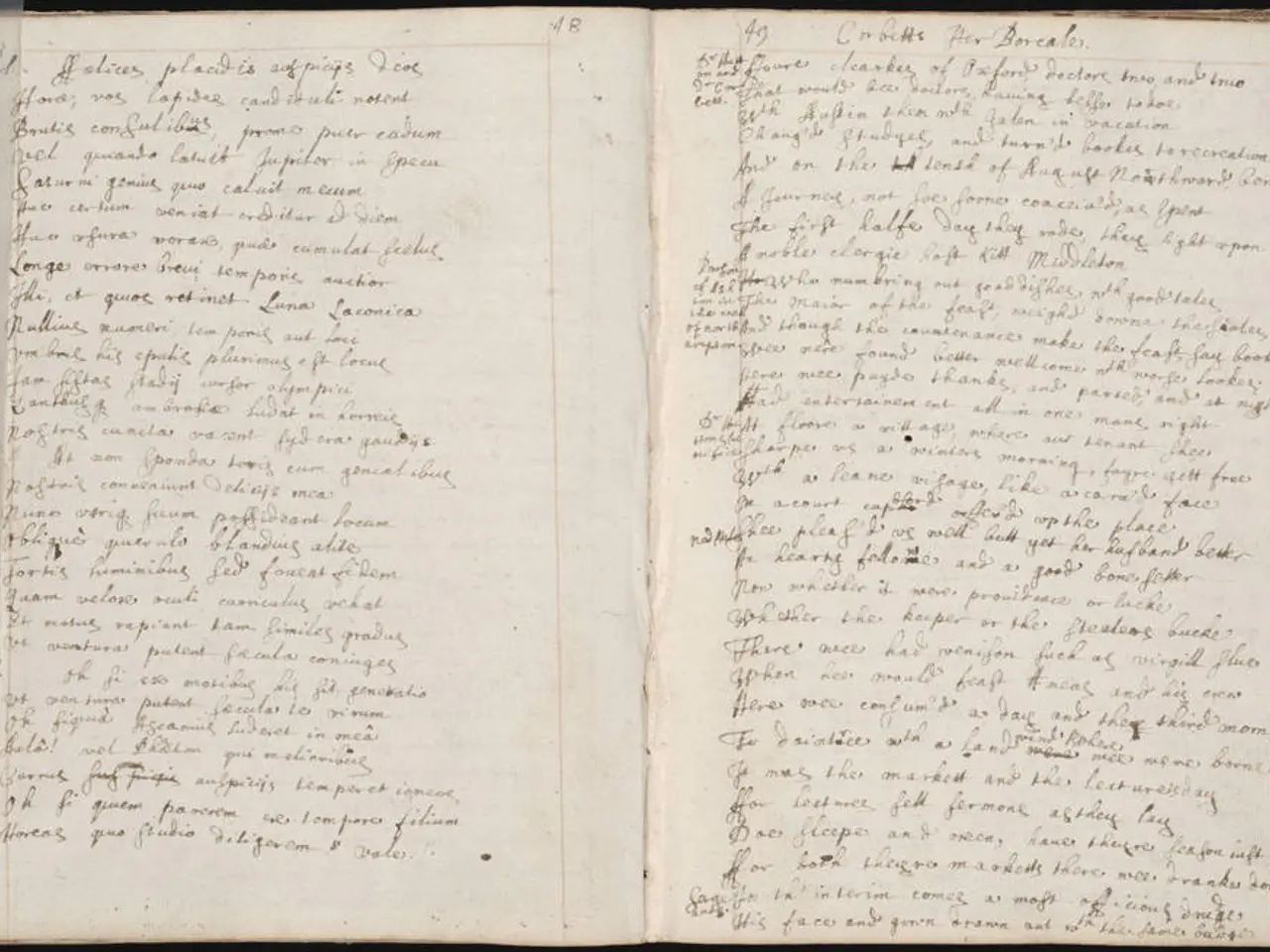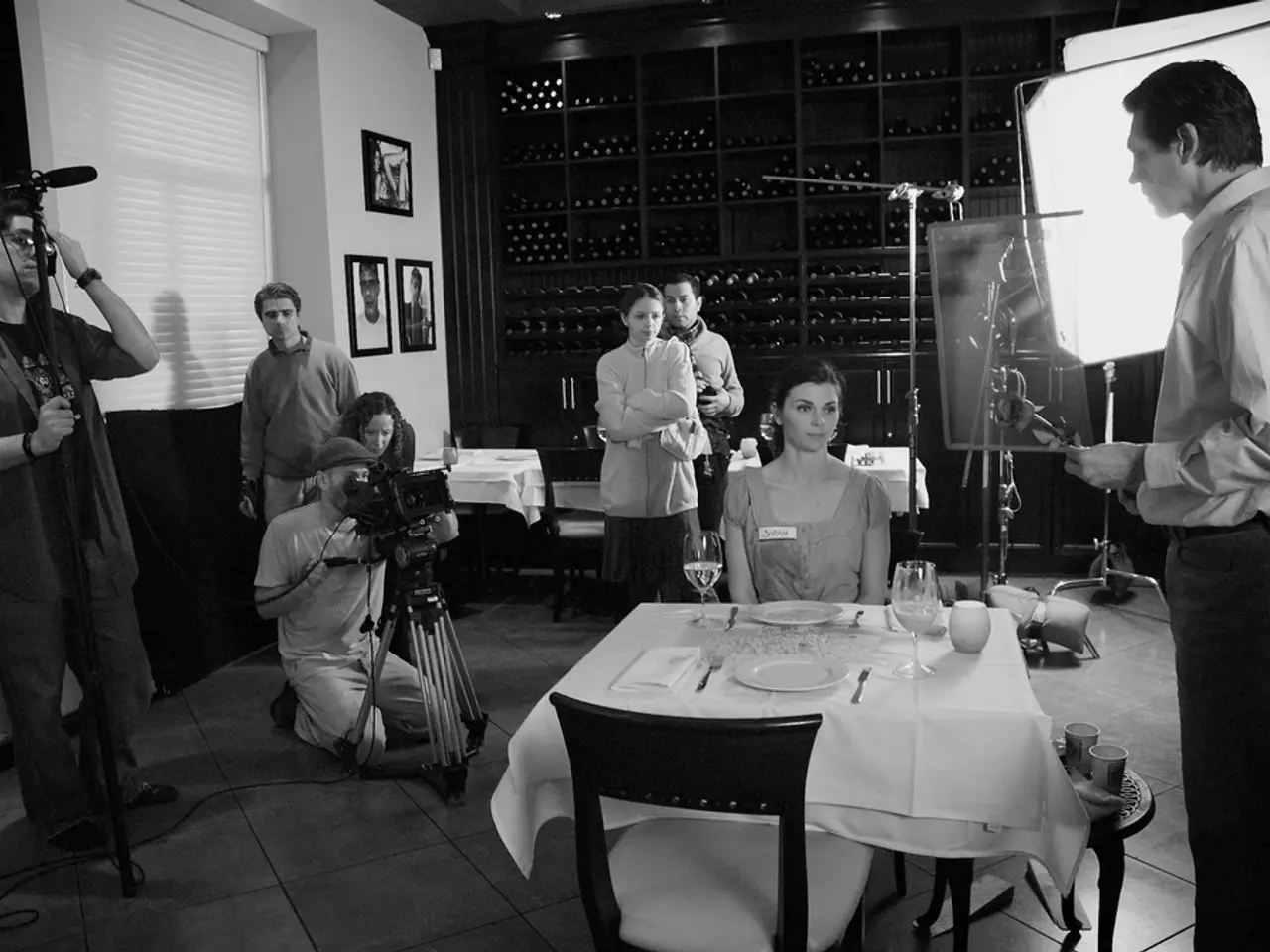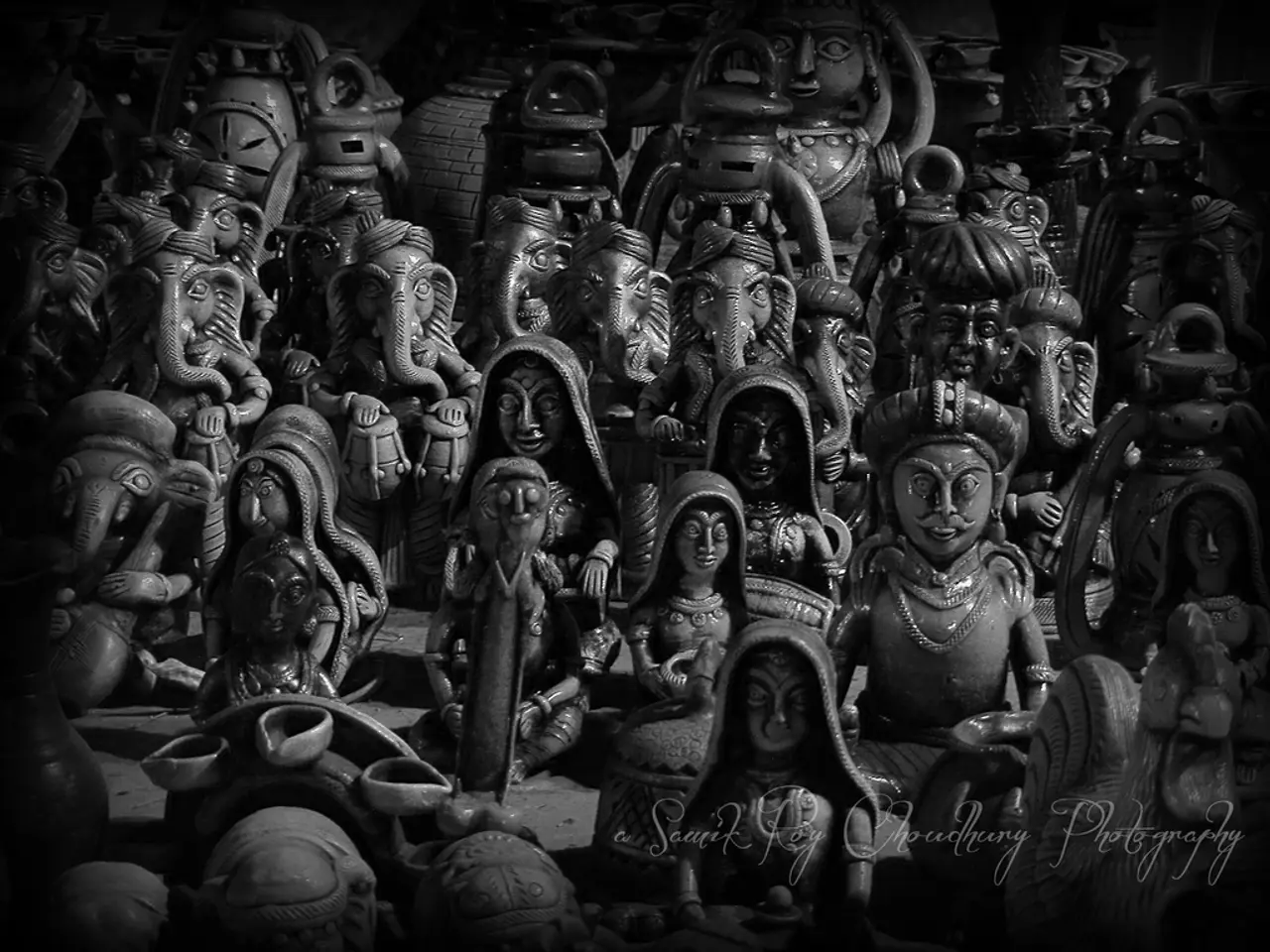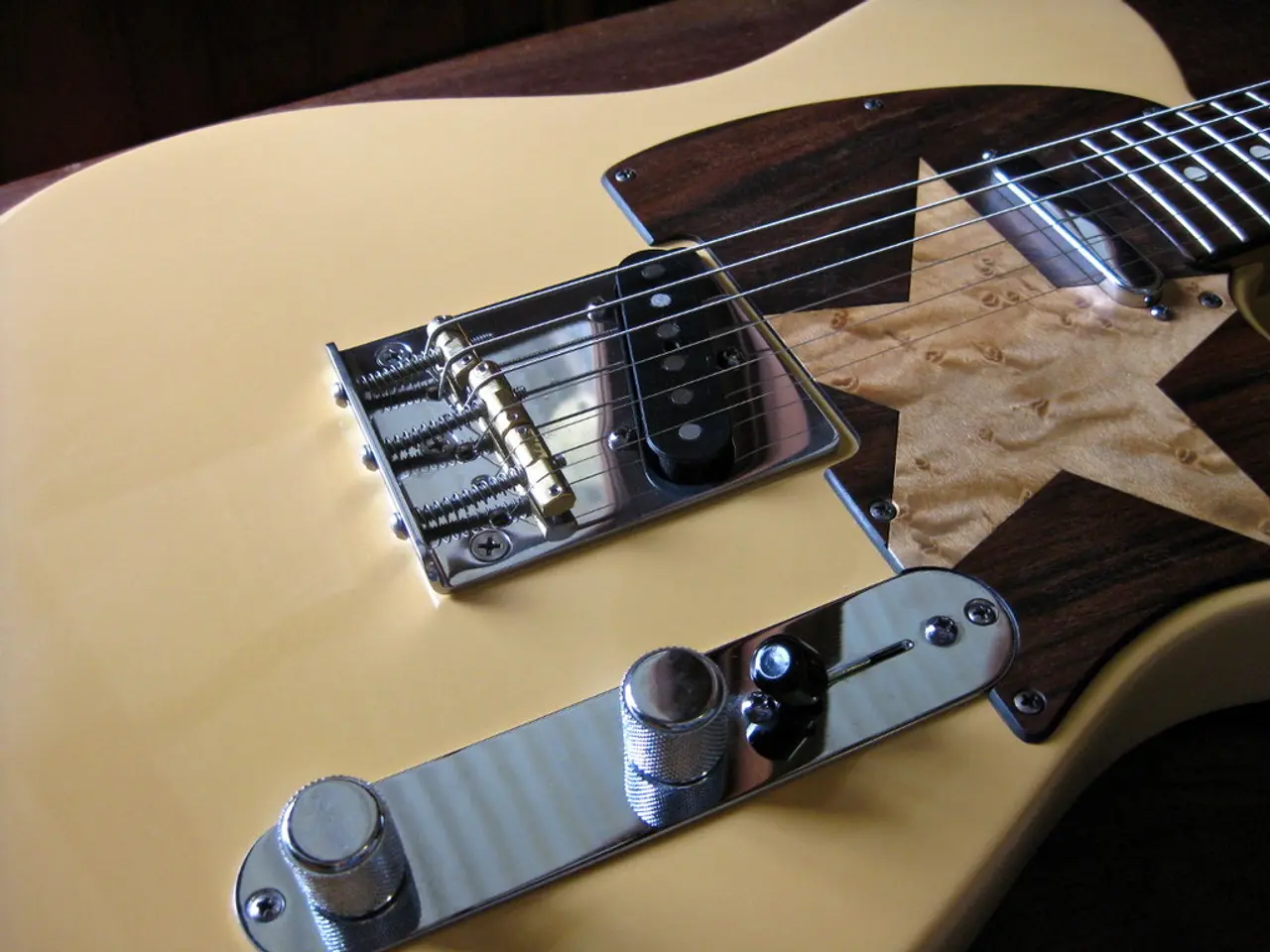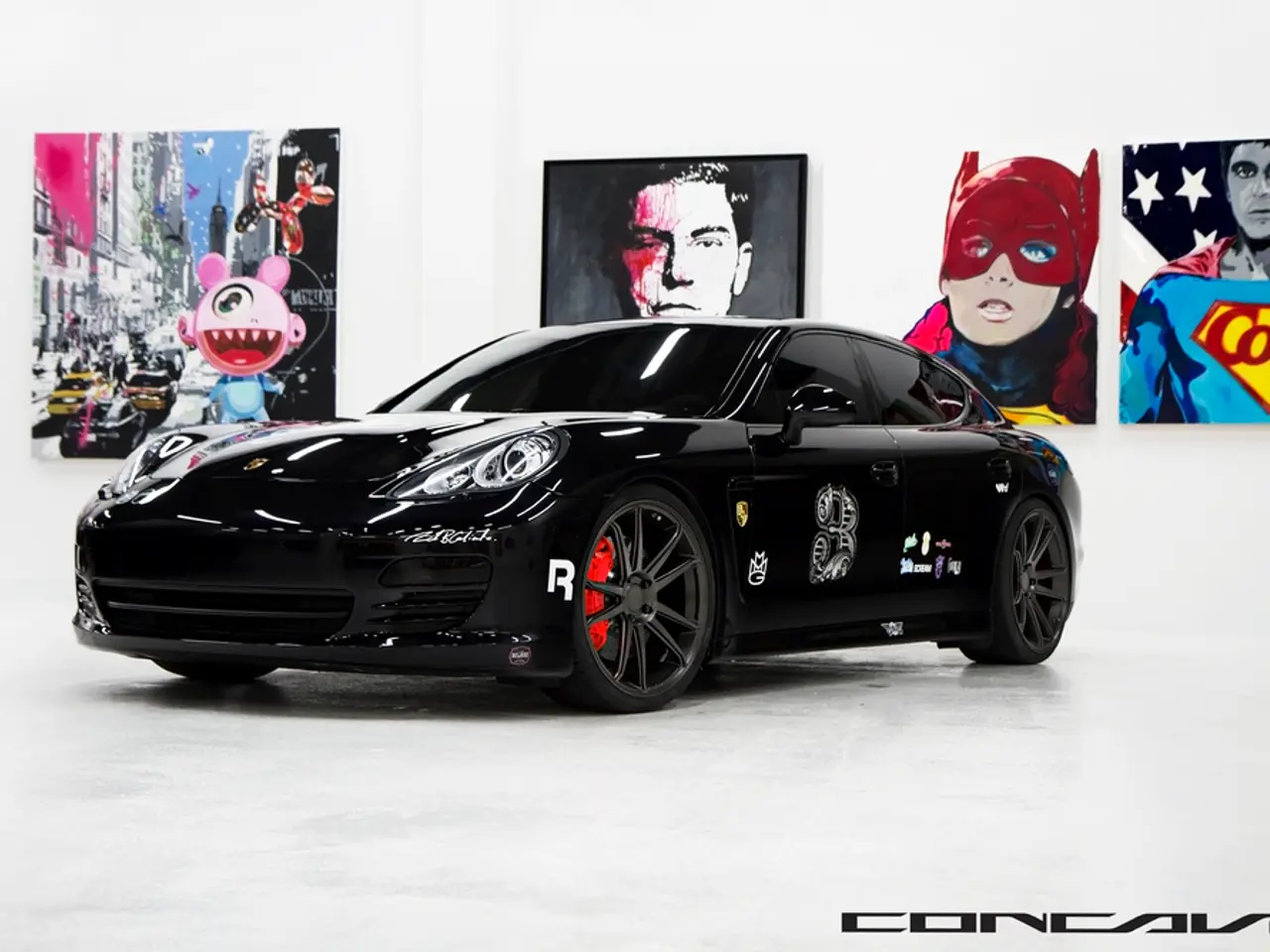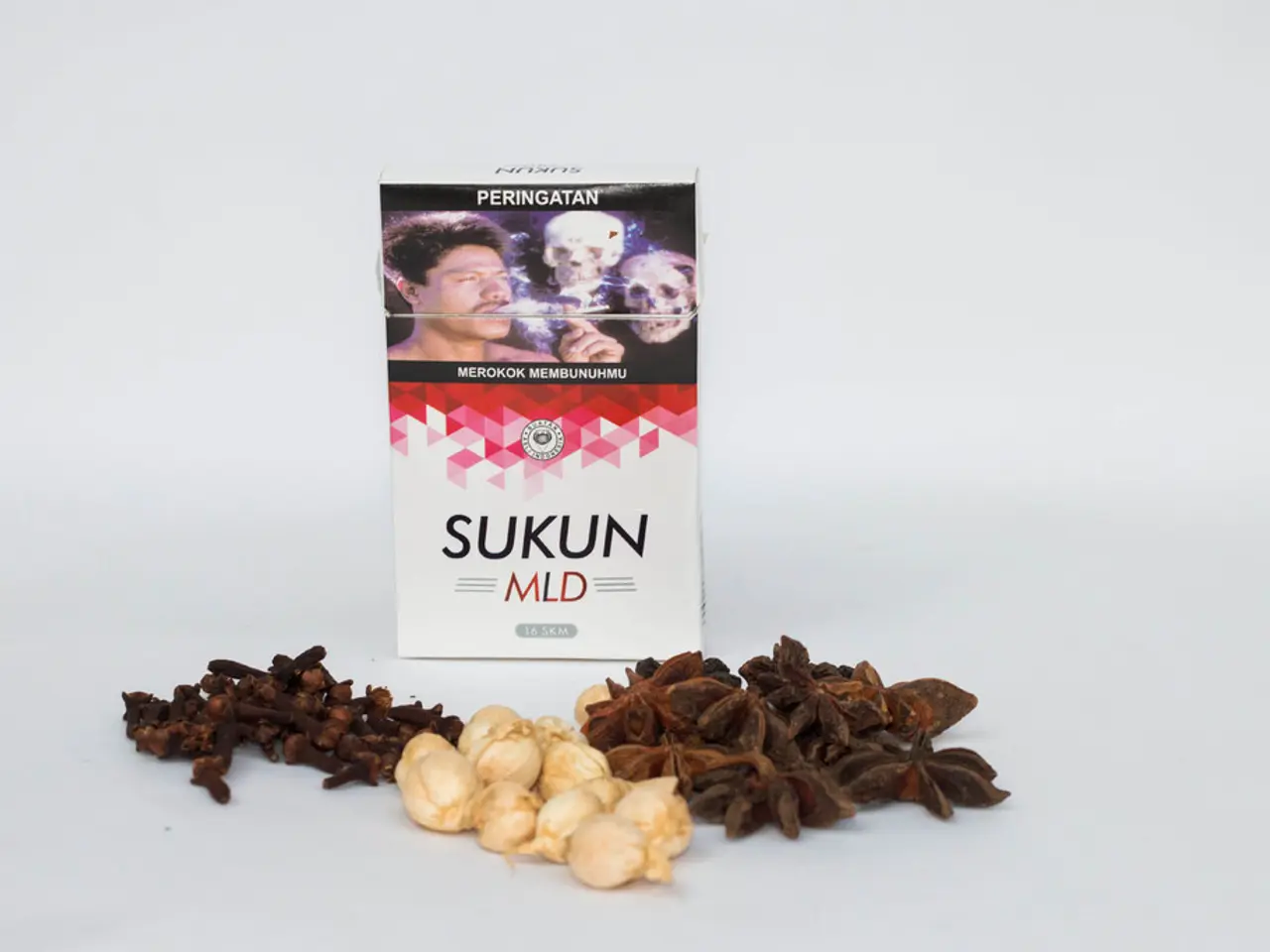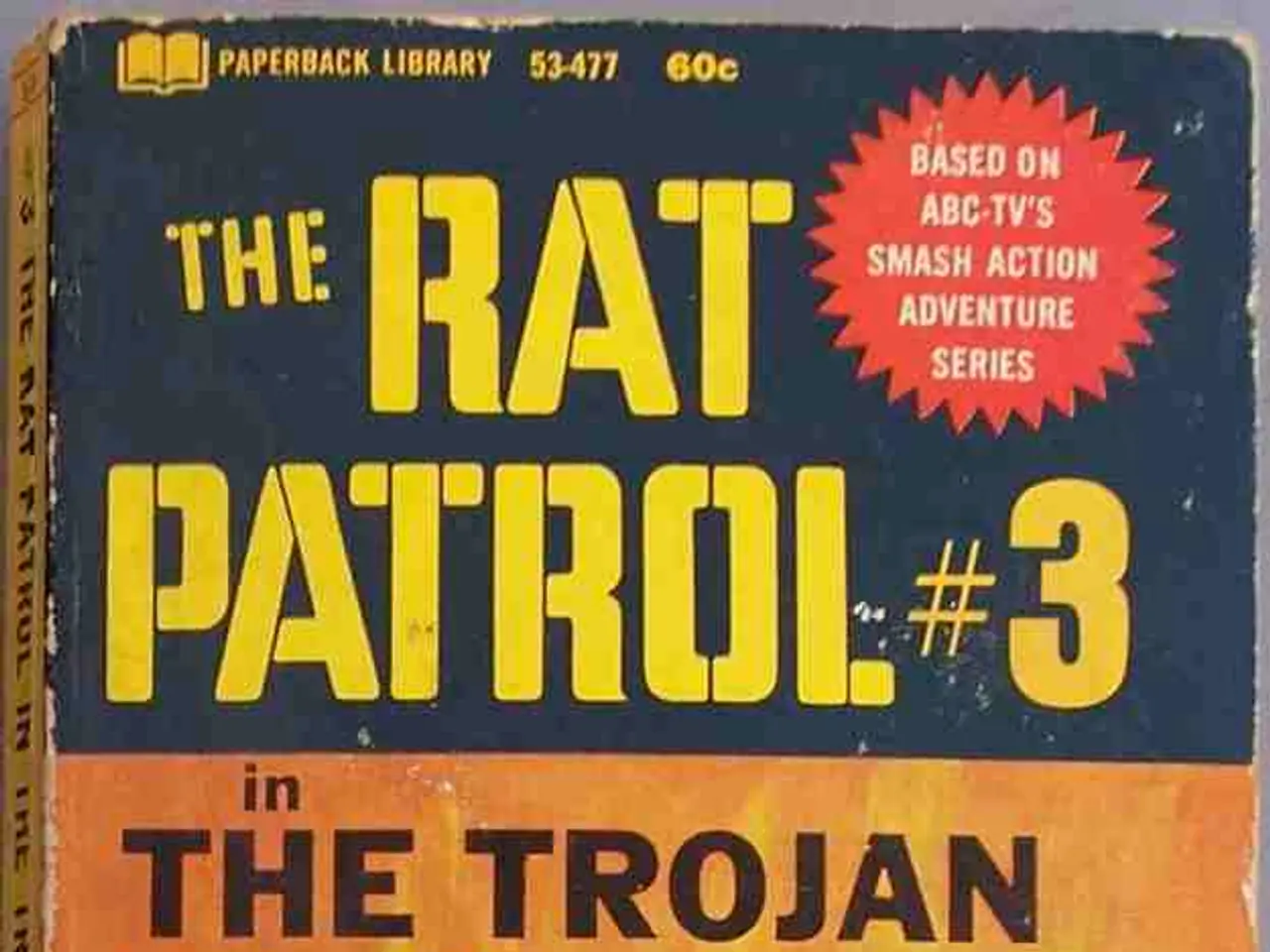In the realm where speech falters, music takes the lead: The superiority of narrative through melodies over other art genres
In the realm of art and entertainment, music serves as more than just a soundtrack; it is a powerful narrative tool that can deeply influence the emotional impact and mood of a story. This versatile medium has the ability to relay intricate details about the artist, resonate with audiences on an emotional level, and even shape the narrative itself.
Justin Vernon, the acclaimed musician behind Bon Iver, prioritises the fit of lyrics within a musical arrangement over an overarching narrative. His approach emphasises the importance of music as a medium to tell personal stories, rather than relying solely on technical prowess to convey emotion.
Similarly, in the world of film, directors like Quentin Tarantino and George Lucas harness the power of music to enhance their storytelling. Tarantino is renowned for his eclectic soundtracks that inject energy, tension, and emotional depth into scenes, such as the dynamic and exciting music in Kill Bill Vol. 1 that complements its action-packed narrative and iconic fight sequences. His use of "needle drops" — well-chosen existing songs — becomes a signature storytelling device that intensifies the viewing experience without overshadowing the visuals.
George Lucas, meanwhile, uses music more traditionally but with equal power. He works closely with composers and sound designers to establish the film's emotional tone even before shooting begins. Lucas’s integration of music aims to set the vibe, support the film’s genre, and underscore key emotional beats, as seen in his careful music selection for scenes that help shape the film's narrative feel and character arcs.
The Beatles' Let it Be and Journey's Don't Stop Believin' are prime examples of how a common chord sequence can trigger a reaction in listeners, adding a layer of universality to the music's storytelling power. Dynamic information in music, such as peaks, troughs, breakdowns, and drops, can structure a narrative, making the music an intuitive emotional conductor that can convey sentiment before lyrical information is heard.
For new artists, the biggest obstacle is often finding a story they want to tell. Our brains naturally map musical arrangements onto narratives that we can relate to, making music an effective tool for storytelling. Electronic dance music and modern pop need to create a narrative that reflects the best night out possible for the audience, while music-making remains a medium to tell personal stories across all genres.
Music has the ability to evoke deeply entrenched emotions and memories, resurrecting people and conversations long-buried in the subconscious. Engaging with music as primarily a storytelling medium can change how you approach the creative process, programming the human mind to steer itself a certain way.
In conclusion, music's power to propose narrative is universal across all genres and mediums. Whether it's in a film, a song, or a live performance, music serves as a powerful narrative tool that can highlight character emotions, amplify tension or excitement, and create cultural or historical context within the story. This dynamic use of music enriches storytelling, making the experience more immersive and memorable.
In line with Justin Vernon's approach towards music, lifestyle can be seen as a narrative tool, where the choice of lyrics and musical arrangement serves to tell personal stories, rather than relying solely on technical prowess.
Furthermore, the use of music in films by directors such as Quentin Tarantino and George Lucas showcases how fashion-and-beauty elements like soundtracks can impact the emotional impact and mood of a story, becoming integral parts of the narrative itself.
